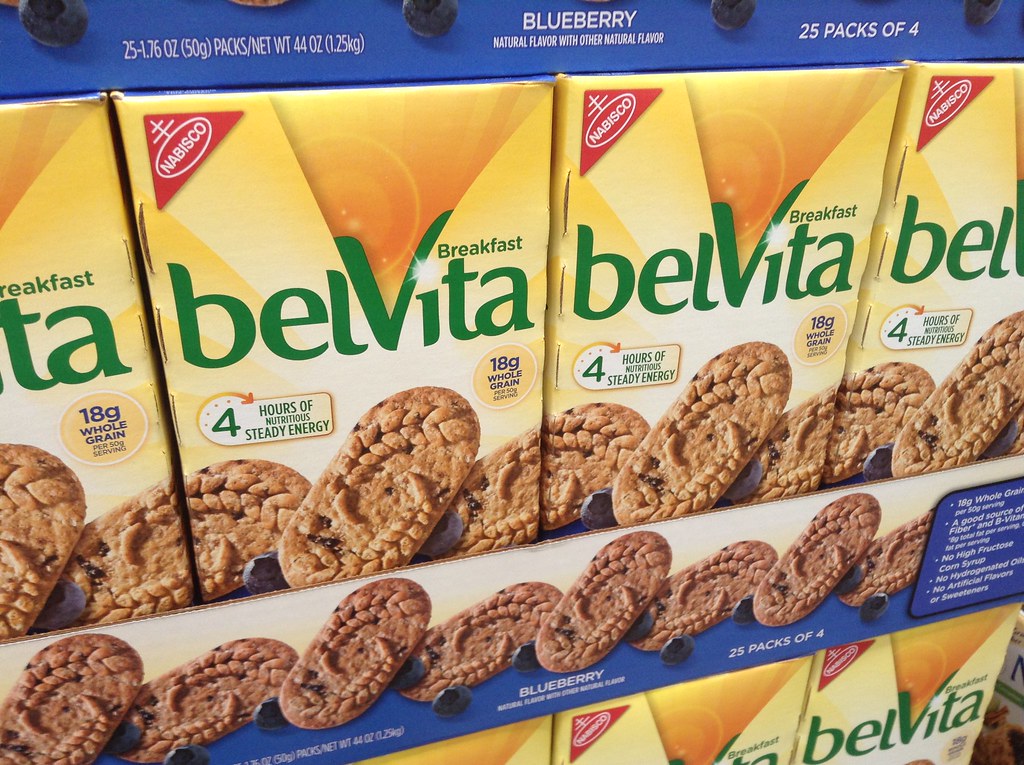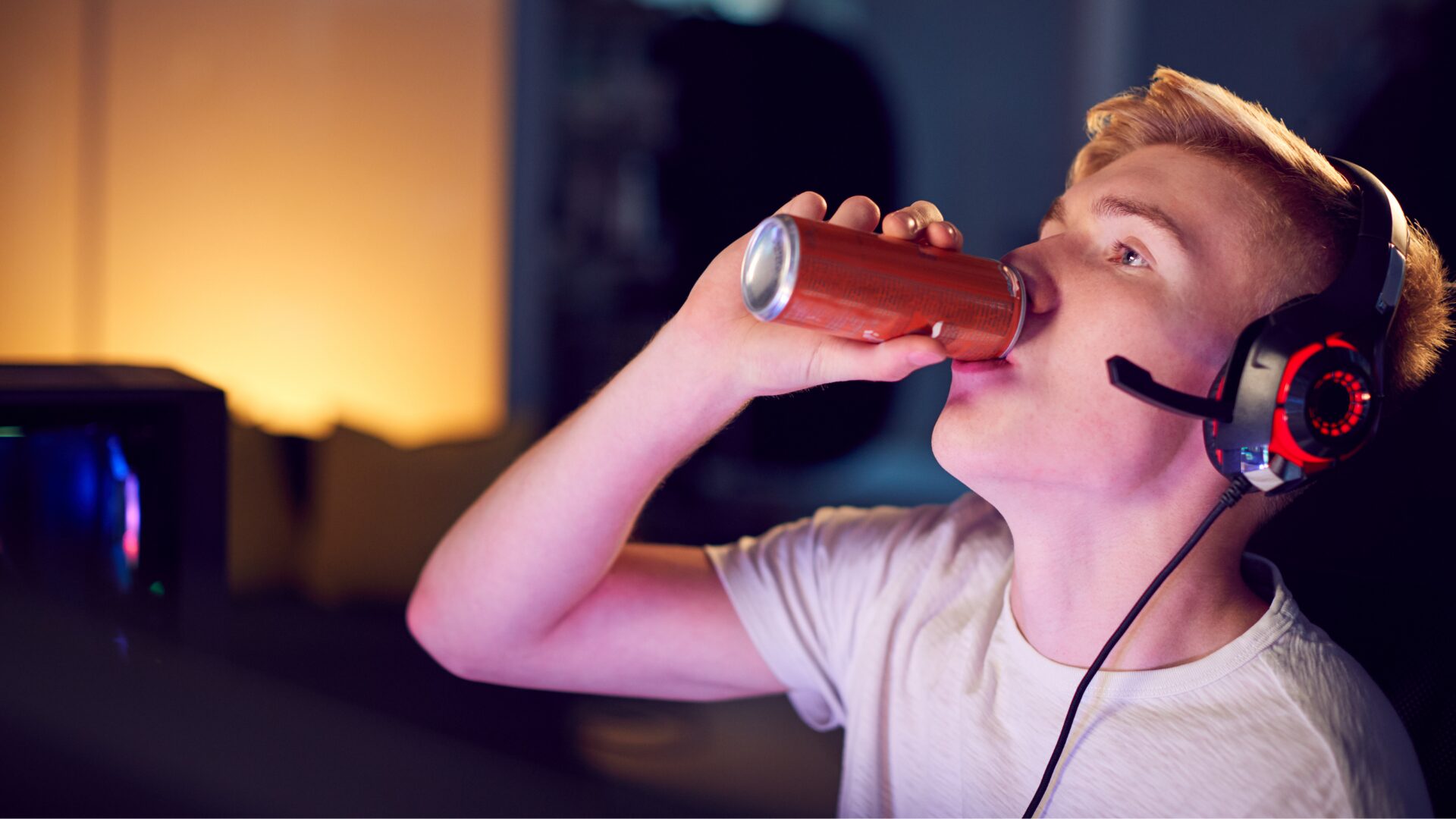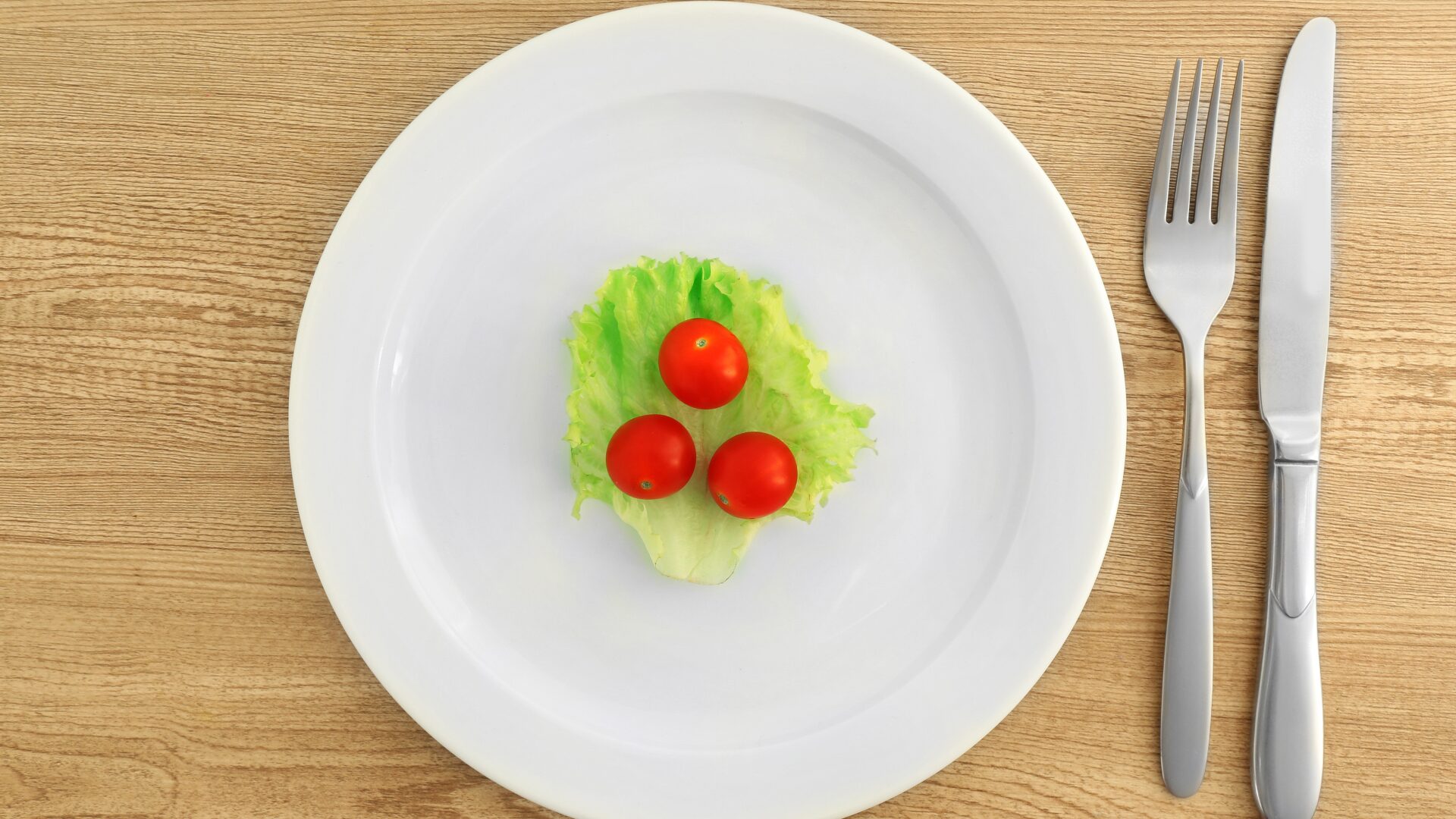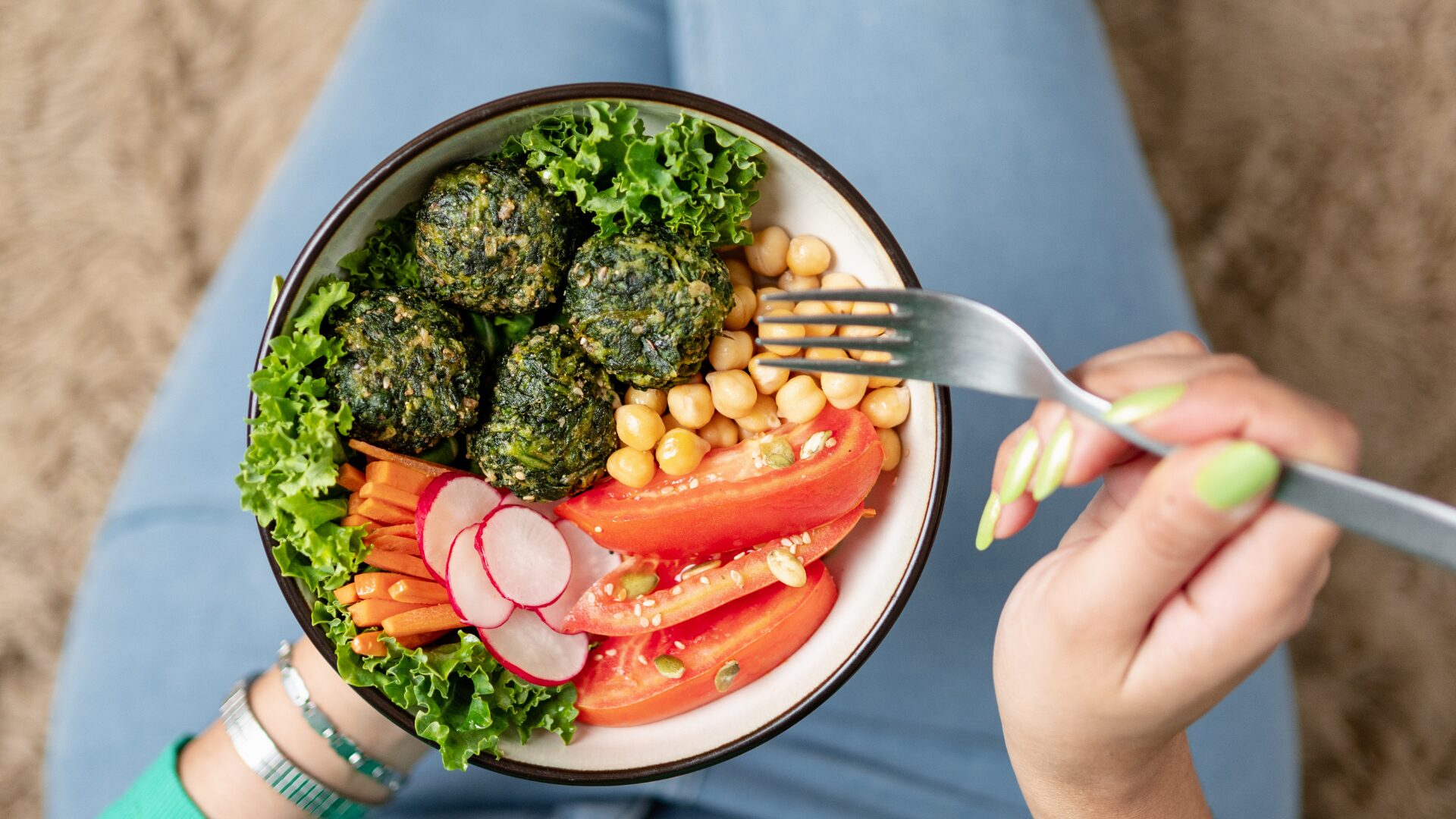One thing that food industry consultants learn quickly is that public holding companies focus most of their resources on their Power Brands – the $1 billion+ revenue-generating giants whose slightest change in profit or topline movement materially affects the corporate parent’s earnings-per-share.
In most cases, power brands are also the most profitable brands in the portfolio. R&D, aggressive ingredient price negotiation, and plant efficiency investments made these brands highly profitable as volume grew. Because most corporate profits tend to feed back into the marketing and sales budgets of power brands, public companies struggle to support the growth of emerging brands in the $100-$500M zone, even after well-intentioned acquisitions.
This holds true even when they know exactly what playbook works.
The struggle becomes even more problematic for “premium” food brands that scale based on more expensive raw ingredients. Without industrial additives to lower COGS and with the need to reduce ARP from premium levels, these food brands tap out their net margin growth pretty early. A lower profitability ceiling makes it unfavorable for them to receive advertising and other resources necessary to grow toward power-brand status. For example, the failure of the American yogurt giants to chase Chobani in 2006 and 2007 was largely an allergic reaction to the low net margins of any Greek-style yogurt product (which uses a lot more raw milk than traditional French yogurt).
The unlikely resourcing of new brand growth at public companies makes the case of belVita cookies worth our attention. It is an innovative product experience for American consumers and a case of a new brand in the U.S. market that leadership adequately resourced to scale toward billion-dollar status.
Importing Innovation is a Huge Advantage for Food Multi-Nationals
Danone showed the under-utilized power of selectively importing global power brands into the U.S. with the launch of Activia yogurt in 2006. One could say it was the Red Bull of food industry importing. Importing a food brand from your global portfolio is usually much cheaper than M&A (especially between 2005 and 2020, when multiples rose to exaggerated heights even on businesses that did not make money yet). I remember encouraging companies like Nabisco to scour their European snack portfolios back in 2007 and 2008 for one strategic reason: almost all EU-produced packaged food meets Whole Foods criteria of “natural” food and therefore came off as “premium” in the U.S. market. Importing a brand you already produce at scale was an easy way to get into the natural/organic niche back then without lengthy R&D work to “de-process” brands like Ritz or Oreo. Importing a growth brand is cheaper, maybe, but politically difficult to sell into organizations enamored of their highly processed power brands.
Nabisco executed “fast adapts” of its iconic brands through its Back to Nature brand, partly because it is politically far easier than a new brand launch in public companies. As it did this in the mid-to-late 2000s, it followed the example of Frito-Lay and its Simply line of internal knockoffs.
In the case of some international brands, the business has already made it through the initial profitability squeeze all food brands experience on the journey to $100M or more in annual revenue. You can import them at starting profitability that a premium food entrepreneur simply cannot match. This allows you to out-promote growing competition you might otherwise be tempted to acquire.
Yet, after Kraft Foods’ global leadership initially purchased the French cookie holding company LU in 2007, initial discussions of scaling up one of its brands in the U.S. went nowhere. “Are you crazy?” was the general reaction. The doubt existed because, in scanner data at the time, the primary LU cookie brand with the broadest distribution in the U.S. was Petite Ecolier, a chocolate-covered soft biscuit. “The Little Student” is precisely the kind of cookie Americans historically associate with “holiday” entertaining, not every day munching. This product puts the “fancy” in “fancy foods.” Cookies like this never sell at levels that matter to large holding companies.
So, it would take five more years, a substantial corporate divestment, and a very different leadership team to unlock the potential of the LU acquisition in the U.S.
belVita’s Topline Story
Many have forgotten that the global brand we now know as belVita launched under a different trademark – Le Petit Dejeuner – trading as a weight-management breakfast cookie. In France. In 1998. And it did very poorly by French market standards. Something tells me the “weight loss” outcome simply does not have the same pull in France as it does in a wildly obese and overweight country like ours, whose media promotes thin bodies as high status. In addition, it is usually a bad idea to pigeonhole your new food brand inside a single eating occasion by naming it after said eating occasion. The name is also super boring.
Would you buy a new frozen entree named “Lunch?”
In 2012, the newly formed Mondelēz global snacks company (a merger of Nabisco, some Kraft Foods’ snack brands, and Cadbury) launched belVita in the U.S. in typical BigCo fashion. There is no real lesson on early-stage scaling to be had here since this was one of the rare CPG new brand launches that took off right out of the gates. Here’s the loose topline trajectory to date.
- 2012 – $70M in year one at high ACV through its internal DSD network[1]
- 2013 – $110M[2]
- 2015 – ~$220M[3]
- 2016 – $271M[4]
- 2017 – $341[5]
- 2021 – ~$410-430M[6]
- 2023 – circa $500M U.S. business and the country’s 4th fastest-selling center-store cookie brand.[7]
belVita is doing very well today, growing 10-15% annually due to sustained innovation and advertising investments. The brand is no Kind Bar or Chobani, but it does not need to be to help Mondelēz remain a global growth company.
belVita is sold in 54 markets today, though most of the revenue still flows through U.S. cash registers.
So why did this not-very-sweet, super-crunchy European breakfast biscuit take off in the States? And what should anyone in the food space learn from it regarding innovation that scales and scales?
“Cookies for breakfast is the greatest breakthrough in breakfast since the McGriddle,” said an anonymous Twitter user in response to a GQ journalist’s superfan post about her new favorite cookie.[8] This is an interesting fan comment, given that Mondelēz’ intended strategy was to hurt cereal usage and bring the portfolio into a new eating occasion where cookies had not yet made headway in the United States. The reality is that belVita has probably sourced volume from both QSR breakfast and cereal and even Greek yogurt. It has definitely expanded Americans’ views of the cookie in modern food culture.
The idea of entering a crowded packaged food occasion like breakfast with a category framed as “unhealthy” by most Americans would have gone nowhere with the Nabisco leadership of 2007. I was there, trust me. But this move was a stretch even in 2012.
To understand what happened, we need to step back and assess the original crunchy line’s core attributes that, when combined, created the perfect wedge to enter the American breakfast.
belVita’s key attributes include:
- Handheld, portable breakfast food – it is hyper-convenient.
- Packed with 19g whole grains – this is the attack on whole grain cereals like Kashi and Nature’s Path and on the weak 8g per bar offered by Nutri-grain.
- Less sweet than major cookies (Oreo, Chips Ahoy, Nutter Butter, Keebler, Lofthouse), cueing less sugar and “healthier” to mainstream Americans
- Harder to chew than most cookies and slows down the eating experience – this ultimately makes the cookie more satisfying, and it prevents hand-to-mouth, chip-like consumption. The cookies are wrapped in four-cookie servings that set up a packaging barrier to over-consumption not found in tray or bagged cookie brands.
- The highly dense crunch is more like a hard cracker than an American cookie and simply unique in its competitive context – only granola can offer the same crunch in the morning.
The implied competitive strategy here is to compete directly with leading health cereals like Kashi for the following morning outcome bundle – Hyper-Convenience + Sustained Energy – using a highly distinct and memorable eating experience.
Innovation that bundles key strategic outcomes using one outcome to solve long-standing consumer trade-offs is becoming a proven but complicated way to disrupt mature CPG categories in the U.S. By attacking the low satiety – high sugar formulations in so many bars with whole grains, belVita moved cereal-like whole grain density into a new category context where only “grain-washing” preceded them. The very high whole-grain content unlocked the missing outcome in bars for the morning.
Two broad cultural reasons supported the brand’s rapid scaling and current powerhouse velocities.
belVita’s texture and lower sweetness than that of leading cookies should have made belVita a much harder sell in 2012. The brand blew past this barrier because a much earlier food culture intervention had quietly prepared many American palates – the spread of branded Biscoff cookies on Delta Airlines in the 1990s. This curiously low-sweet, spicy cookie steadily became a default cookie experience if you flew regularly on Delta Airlines from the late 1990s. I have personally eaten hundreds and hundreds of them. belVita and Biscoff are very different European cookies, but they share a lower sweetness level and super dense crunch that separate them from leading cookie brands. This makes both of them memorable and divisive (if you think Oreo and Chips Ahoy are sufficiently crunchy). Since many a Biscoff is consumed in the early morning with the first beverage cart in Economy, Delta quietly legitimized the “foreign” idea of a breakfast cookie. Sneaky.
Another food culture trend supported the rapid adoption of a handheld, shelf-stable breakfast cookie – the spread of nutrition, protein bars, and cereal bars in the 1990s and 2000s. Protein and meal replacement bars remain stiff competition for belVita in the morning regarding its crucial outcome – sustained energy – but since most of these beefy bars feature chocolate and/or plenty of sugar, they have a harder time beating belVita at breakfast among well-educated health consumers. After all, breakfast is THE health and wellness food occasion in America.
belVita is the only handheld morning snack that solves the low-satiety, candy-like nature of so many nutrition and cereal bars with a formula that slow-releases energy in the form of dense whole grains. Cereal bars are deeply unsatisfying to consume and have been since they launched. They disappear in the bowels like a handful of chips.
Although Mondelēz went on an acquisition tear (Perfect Snacks, Tate’s Bakery, HU, and Enjoy Life) during the 0% prime interest rate years, only Perfect Snacks appears to be growing as well as belVita. Most of the acquisitions have stalled out well below $300 million. As of 2022, according to Brand Finance, belVita was the fastest-growing food brand in the world.[9]
Some would argue that not having belVita sit inside the Mondelēz venture unit known as SnackFutures is the primary reason for this performance. Launching it as a high-profile new brand gave it full political access to top leadership and corporate resources. Those high expectations, lo and behold, tend to get everyone to work hard together to make things happen despite the primary need to focus heavily on supporting Oreo and Ritz.
The real learning is that it took far more than political positioning. belVita’s product line has a memorable sensory experience supporting its crazy high 19g whole-grain claim. And, more importantly, belVita unlocks a strategic outcome – sustained energy (or satiety) – in handheld breakfast foods that simply was not available widely for breakfast without a lot of sugar (or unhealthy carbs in the breakfast sandwich space).
Innovation is increasingly about the highly nuanced resolution of consumer trade-offs in categories and on specific eating occasions. Grabbing all the leading competition from inside and outside your category is one of the most brilliant things you can do as you design a new food brand with big ambitions.
About the Author
Dr. Richardson is the founder of Premium Growth Solutions, a strategic planning consultancy for early-stage consumer packaged goods brands. As a professionally trained cultural anthropologist turned business strategist, he has helped nearly 100 CPG brands with their strategic planning, including brands owned by Coca-Cola Venturing and Emerging Brands, The Hershey Company, General Mills, and Frito-Lay, as well as other emerging brands such as Once Upon a Farm, Rebel creamery, and June Shine kombucha.
Dr. Richardson is the author of Ramping Your Brand: How to Ride the Killer CPG Growth Curve, a #1 Best-seller in Business Consulting on Amazon. He also hosts a podcast—Startup Confidential.
[1] Circana, “2012 IRI New Product Pacesetters Pacesetters 100: The Fuel to Accelerate Growth” Accessed on May 1, 2024 – https://foodinstitute.com/test-site/images/media/iri/TTApr2013.pdf
[2] Stephanie Storm, “Nielsen Rewards Innovations of Successful New Products,” New York Times, Juen 22, 2014, Accessed May 1, 2024 – https://www.nytimes.com/2014/06/23/business/nielsen-rewards-innovations-of-successful-new-products.html
[3] Eric Schroeder, “Cookie champions” Baking Business, September 13, 2016. Accessed May 1, 2024 via https://www.bakingbusiness.com/articles/30886-cookie-champions#:~:text=Another%20champion%20in%20the%20Mondelez,Nabisco%20Oreo%20Double%20Stuf%20cookies.
[4] United States; IRI; 52 weeks ended January 22, 2017, cited by Statista, Accessed May 1, 2024 via https://www.statista.com/statistics/189610/top-cookie-brands-in-the-united-states/
[5] Greg Trotter, “How a French breakfast biscuit laid siege upon U.S. cereal,” Chicago Tribune, January 22, 2018 Accessed May 1, 2024 via https://www.chicagotribune.com/2018/01/22/how-a-french-breakfast-biscuit-laid-siege-upon-us-cereal/
[6] United States; IRI; 52 weeks ending March 20, 2022 sourced from statista.com. Accessed May 1, 2024 via https://www.statista.com/statistics/257918/leading-cookies-vendors-in-the-us/
[7] Based on past-52 weeks scanner data ending in September 2023.
[8] Gabriella Paiella, “An Ode to belVita, the Most Washed Snack on the Market,” GQ, August 23, 2019. Accessed May 1, 2024 via https://www.gq.com/story/belvita-biscuits-actually-good
[9] Gloria Cowdin, “BelVita named fastest growing food brand in the world, “ Baking Business, August 11, 2022. Accessed May 1, 2024 via https://www.bakingbusiness.com/articles/57008-belvita-named-fastest-growing-food-brand-in-the-world
The Food Institute Podcast
Corn stocks, poultry flocks, and highly-pathogenic avian influenza – what does the U.S. agricultural system look like amid inflation and other headwinds? Wells Fargo Chief Agricultural Economist Dr. Michael Swanson discussed specialty crops, grain plantings, and what to expect in the growing year to come.












